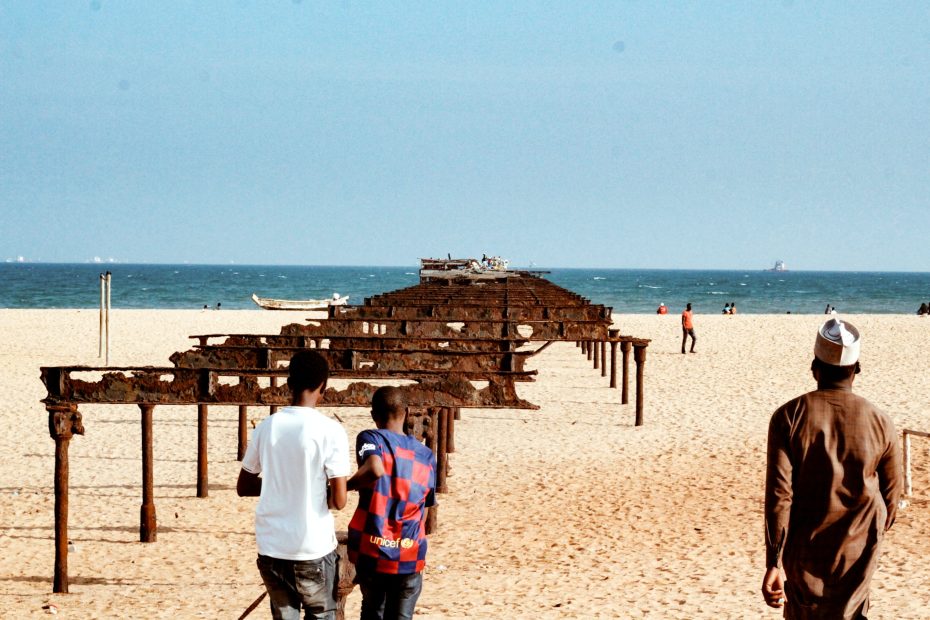Table of Contents
Introduction
Nestled between Ghana and Benin on West Africa’s Gulf of Guinea coast, Togo is often overlooked by travelers seeking the big safari experiences of eastern and southern Africa. However, this small sliver of a country has plenty of hidden gems waiting to be discovered by intrepid explorers. From hilltop villages to pristine beaches, Togo rewards those who take the time to venture off the beaten path.
Kpalimé
The hill town of Kpalimé enjoys a cooler climate thanks to its elevation and lush surroundings. Wandering through the bustling market with its brightly patterned textiles gives a taste of everyday Togolese life. Hiking trails lead to gorgeous waterfalls and panoramic views over the countryside. Spend a few days here to soak up the laidback vibe and nearby cocoa plantations.
Koutammakou
The remote Koutammakou region in Togo’s northern reaches holds an incredible sight: fortified mud hut villages built by the Batammariba people. This UNESCO World Heritage site gives an intimate look at a traditional way of life rarely seen elsewhere. Intricately decorated with symbols and geometric shapes, these towering structures have stood for centuries and continue to be inhabited today. Staying overnight provides a one-of-a-kind cultural encounter.
Lake Togo
One of Togo’s standout natural attractions is Lake Togo, which spans the southern border with Ghana. The lake’s sandy beaches set against tropical palm trees and calm blue waters make an alluring spot for swimming, sunbathing and watersports. Relax in a beachfront bungalow or charter a boat to explore the coastline and secluded coves. Don’t miss a stunning sunset over the water.
Lomé
Lomé provides visitors with a taste of city highlights. As the capital, it blends African, French and German influences into a vibrant cultural mosaic. Spend an evening bar hopping to sample traditional millet beer or fruity rum infusions. Try some West African specialties like foulfoul or koko beans. Visit the busy central market to pick up colorful wax print fabrics as souvenirs of your time in Togo.
Wildlife
Although not as famous as other African safari destinations, Togo has opportunities to view diverse wildlife. Pendjari National Park is known for its population of rare West African lions. Other animals like elephants, buffalo, hyenas, monkeys and hundreds of bird species also inhabit the park. For guaranteed wildlife sightings, head to the Fazao Malfakassa National Park, home to elephants, antelopes and chimpanzees.
Adventure Activities
In addition to traditional sightseeing, Togo serves up chances for adventure. Hike forest trails to cascading waterfalls around Kpalimé. Go rafting or kayaking along the Mono River. Ride the waves at beaches like Aneho, which is popular with surfers. The possibilities for active travelers are virtually endless. Togo’s untamed wilderness provides the perfect playground for those seeking off-the-beaten-path thrills.
Beaches
Miles of untouched golden sand beaches await along Togo’s Indian Ocean coastline. Due to the lack of mass tourism, these shores remain pristine and uncrowded. Relax beneath the swaying palms while the Atlantic surf laps gently at your feet. The beaches around Keta in the east stretches on as far as the eye can see, perfect for leisurely strolls far from the crowds. With their isolation, these shorelines retain an atmospherically remote feel you won’t find elsewhere.
Culture
Underneath Togo’s natural beauty lies a vibrant culture infused with tradition. Various ethnic groups have their own artistic styles reflected in colorful textiles, masks and wooden carvings. Traditional music and dance plays an important role, with different regions boasting unique rhythms and instruments. Throughout the year, festivals featuring elaborate costumes and ceremonies give visitors a memorable cultural experience. Discover the soul of Togo through its diverse artistic expression.
Conclusion
While most visitors zip through Togo on their way to other West African destinations, taking the time to explore its hidden corners offers rich rewards. From the hill towns to remote fortified villages, unspoiled beaches to diverse wildlife, Togo provides off-the-beaten-path adventures beyond the average African safari trip. Discerning travelers looking to immerse themselves in West African culture will find Togo’s hidden gems well worth uncovering.
FAQs
What is the best way to get around Togo?
Bush taxis offer connections between most towns and cities. Renting a car is also an option for more flexibility. Big sights like Koutammakou may require a 4×4 or guided tour.
What languages are spoken in Togo?
French is the official language and widely used in education and business. Local languages like Ewe, Kabiye and Dagomba are also spoken. English is less common than in neighboring countries.
What are the best areas for surfing and watersports?
The beaches around Aneho in the southeast are popular with surfers due to swells coming off the Atlantic. The calmer waters of Lake Togo suit paddleboarding, kayaking and windsurfing.
When is the best time to visit Togo?
The dry season from mid-November to March offers ideal weather for activities. June to August can be very wet. April and May see high temperatures and humidity.
What vaccinations are recommended for Togo?
Recommended vaccinations include hepatitis A, typhoid, yellow fever, and malaria prophylaxis. Seek medical advice to ensure you are up to date on routine immunizations as well.
